New Survey Finds Two Rashers of Bacon are Saltier than 8 Bags of Crisps – Action on Salt, UK
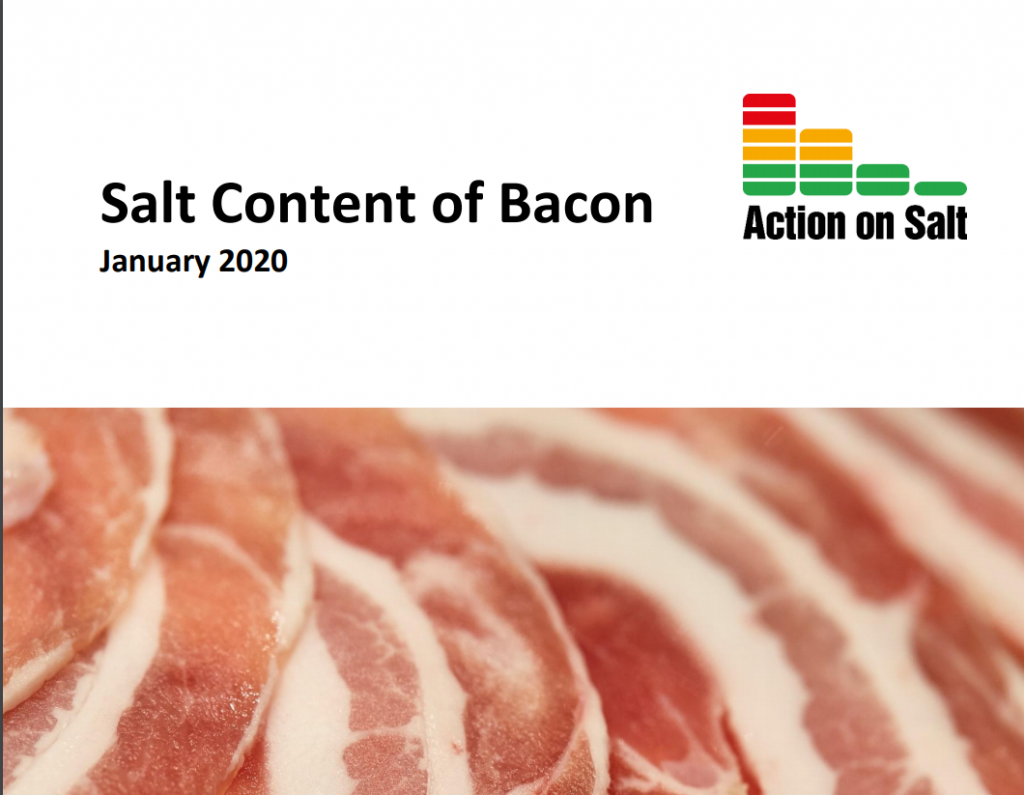
In a recent survey conducted by Action on Salt, researchers investigated the salt content of bacon sold at ten of the UK’s major retailers. Of 171 products, all but one were high in salt according to the UK’s voluntary front of pack traffic light labelling criteria, and on average the bacon contained 3.21g of salt […]
Recipients of LINKS grant

The George Institute for Global Health are part of two successful Resolve to Save Lives, LINKS grants this year. The highly competitive grants of over US$2.3million in total will be supporting programs that promote heart health in 18 countries. The George Institute alongside Ministry of Health Malaysia, National University of Malaysia and WHO Office in […]
Unpack the Salt – Victorian Salt Reduction Partnership
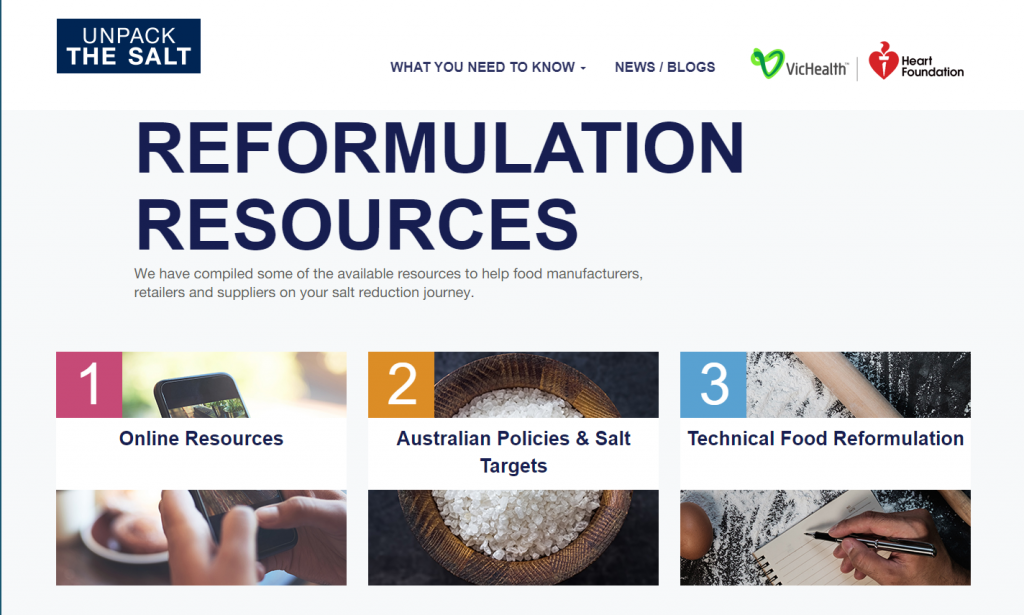
The Victorian Salt Reduction Partnership has shared findings of the consumer awareness campaign, ‘Unpack the Salt’, which ran from 2017-2019. Following the campaign, around 80% of the target audience were able to correctly recall at least one key message unprompted, such as where hidden salt is found in foods. Over the course of the campaign […]
Food industry fails to drop the salt – evaluation of self-regulation in Australia

Researchers from The George Institute for Global Health analysed data from the Foodswitch database to assess if there were any changes in salt content between 2013 and 2017 in over 4,500 products from 16 Australian food manufacturers. The study found no clear evidence of reductions in salt levels overall, including 10 member companies of The […]
To legislate or not to legislate? The need for legislative policies in food reformulation

During this year’s International Society of Behavioral Nutrition and Physical Activity conference a symposium was conducted on the use of legislation to aid reformulation and create healthier food environments. A/Prof Jacqui Webster chaired the symposium which included three presentations, the first by Clare Farrand from The George Institute (TGI) on a rapid review of sugar […]
Monitoring Sodium Content in Processed Foods in Argentina 2017-2018: Compliance with National Legislation and Regional Targets
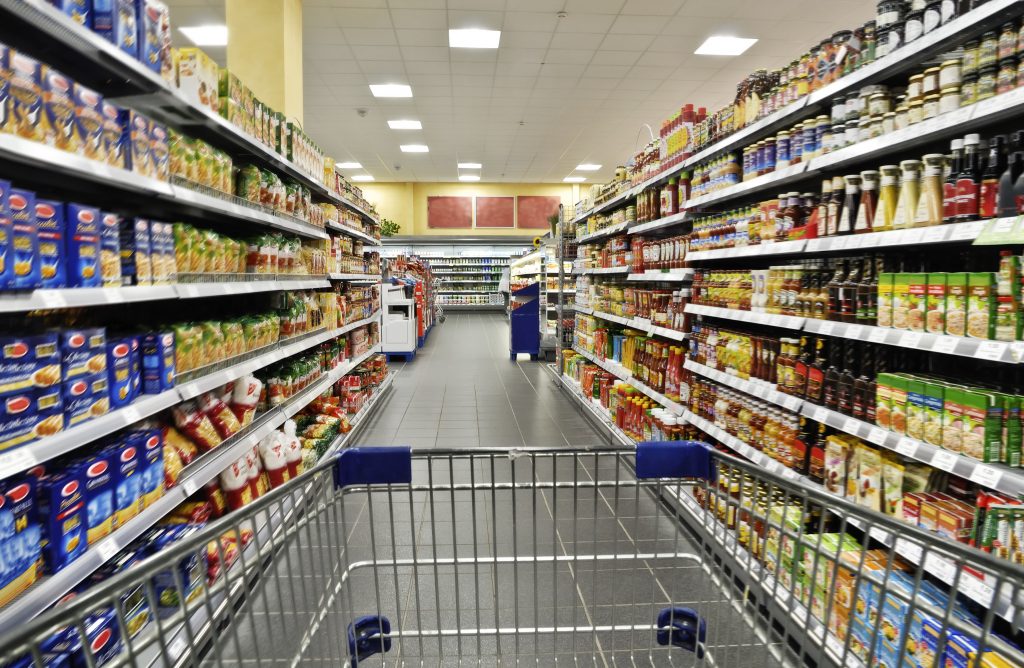
Published in Nutrients in June, Allemandi L et al reported on an evaluation of compliance of Argentinean processed foods with national and regional sodium targets. Data were collected on 3674 food products from four stores between August 2017 and May 2018. 864 products could be compared to the Argentinean sodium targets, which were set under […]
Heart Foundation Reformulation Readiness Webinar
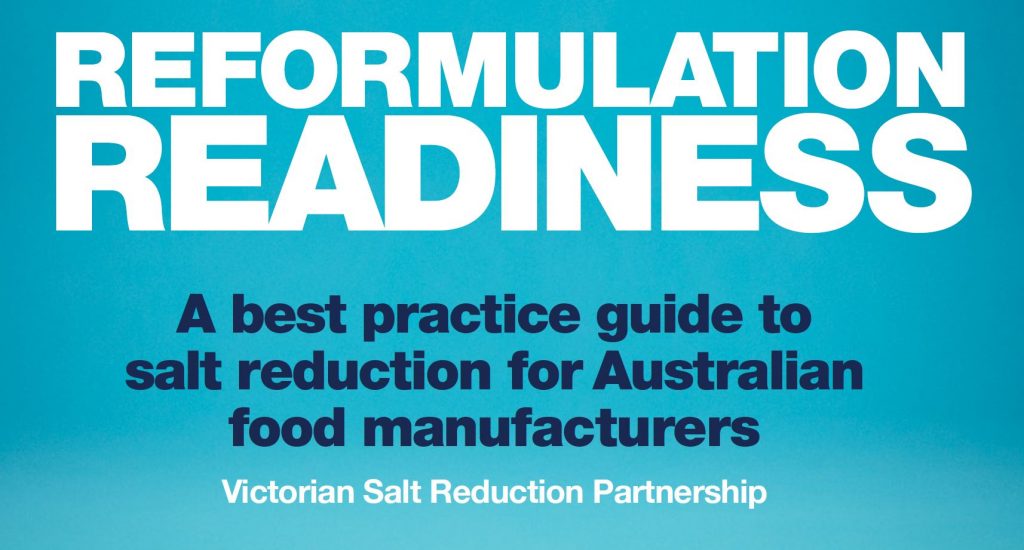
The Victorian Salt Reduction Partnership in collaboration with Vanessa Clarkson (Food Systems and Nutrition Policy consultant) held a webinar on “Reformulation Readiness – A best practice guide to salt reduction for Australian food manufacturers”. The webinar outlines the 9 steps for salt reduction reformulation as well as helpful tools and services to assist manufacturers with […]
Launch of ‘Reformulation Readiness – a best practice guide for Australian food manufacturers’

On May 3rd 2019, the Victorian Salt Reduction Partnership, consisting of the Victorian Health Promotion Foundation (VicHealth), the Heart Foundation, The George Institute for Global Health and other partners, launched Australia’s first how-to guide for salt reduction in processed and packaged foods, titled ‘Reformulation Readiness: A best practice guide to salt reduction for Australian food […]
Potential use of salt substitutes to reduce blood pressure
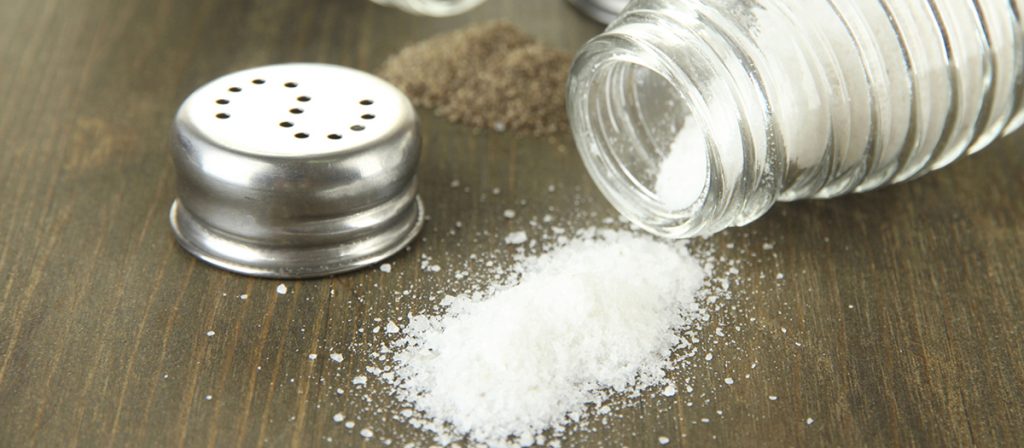
Farrand et al published a commentary outlining the potential use of salt substitutes to complement existing salt reduction strategies. Salt substitutes offer an opportunity to further reduce population salt intake and also increase potassium intake, which will reduce population blood pressure and assist in preventing and managing hypertension. They recommend governments consider promoting and subsidising salt […]
Dough mixing properties and white pita bread sensory characteristics as affected by salt reduction
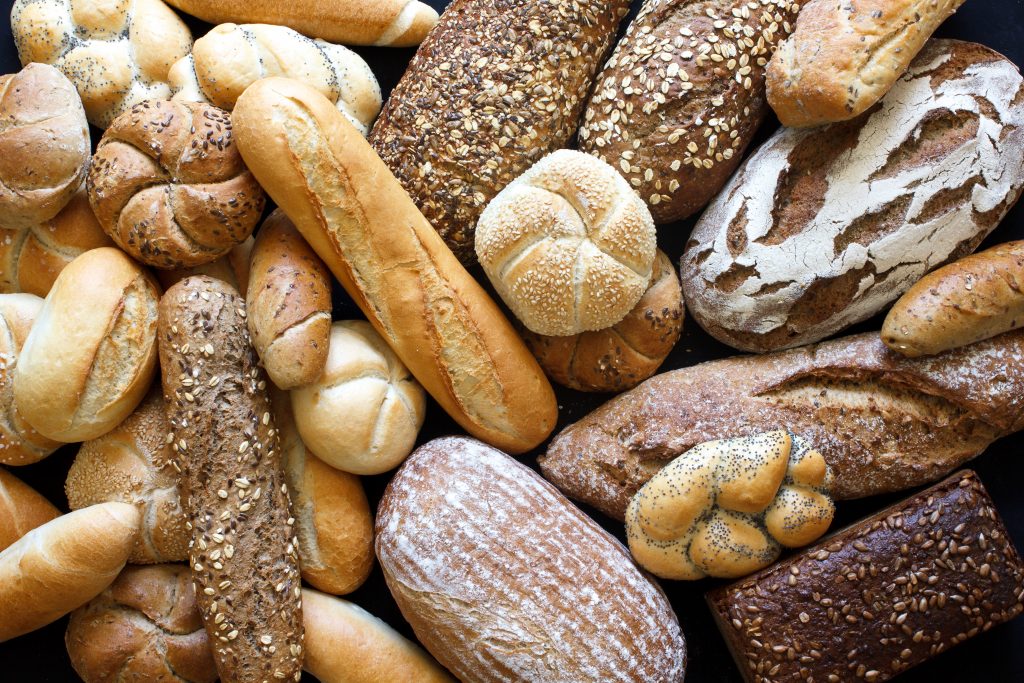
A recent study by Georges C et al investigated the dough mixing properties and sensory characteristics of white pita bread using three different types of salt (NaCl, Ag-NaCl and NaCl-KCl). For acceptability, the “just-about-right” scale showed 0.9% normal salt (NaCl) was optimal in bread. This “saltiness” could be achieved by the alternative salts, resulting in a […]